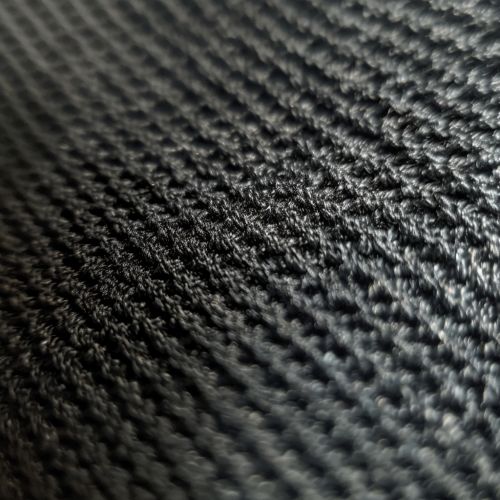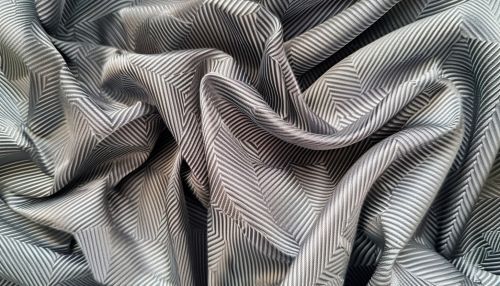Polyester
Introduction
Polyester is a category of polymers that primarily contains the ester functional group in their main chain. Although there are many polyesters, the term "polyester" as a specific material most commonly refers to polyethylene terephthalate (PET). Polyesters include naturally occurring chemicals, such as in the cutin of plant cuticles, as well as synthetics such as polybutyrate.


History
The development of polyester began in the 20th century. British chemists John Rex Whinfield and James Tennant Dickson, employees of the Calico Printer's Association of Manchester, patented "polyethylene terephthalate" (PET) in 1941. They were working on a project to produce new synthetic fibers to replace silk, which was in short supply during World War II. The two chemists developed a method of condensation polymerization, which involved the reaction of ethylene glycol with terephthalic acid.
Types of Polyester
There are several types of polyester, but the term "polyester" generally refers to polyethylene terephthalate (PET). Other types of polyester include polybutyrate (PBAT) and polylactic acid (PLA), which are both biodegradable polyesters.
Polyethylene Terephthalate (PET)
Polyethylene Terephthalate (PET) is the most common type of polyester. It is used in a variety of applications, including clothing, packaging, and plastic bottles. PET is known for its strength, durability, and resistance to many forms of damage, including UV radiation and moisture.
Polybutyrate (PBAT)
Polybutyrate (PBAT) is a type of biodegradable polyester. It is often used in applications where environmental impact is a concern, such as in the production of agricultural films.
Polylactic Acid (PLA)
Polylactic Acid (PLA) is another type of biodegradable polyester. It is derived from renewable resources like corn starch or sugar cane, making it a popular choice for environmentally friendly applications.
Production Process
The production of polyester involves a process known as polymerization. There are several methods of polymerization, but the most common method used in the production of polyester is condensation polymerization.
Condensation Polymerization
Condensation Polymerization is a type of polymerization in which monomers are joined together by the elimination of small molecules, such as water or methanol. In the case of polyester, the monomers are usually a diol (a molecule with two alcohol groups) and a dicarboxylic acid (a molecule with two carboxylic acid groups).
Properties and Characteristics
Polyester has several properties that make it a popular choice for a variety of applications. These include its strength, durability, resistance to many forms of damage, and its versatility.
Strength and Durability
Polyester is known for its high strength and durability. It is resistant to many forms of damage, including UV radiation, moisture, and chemicals.
Versatility
Polyester is a versatile material that can be used in a wide range of applications. It can be woven into fabrics, used in the production of plastic bottles, and even used in the production of high-strength materials like Kevlar.
Applications
Polyester is used in a wide range of applications, from clothing and home furnishings to industrial products and packaging.
Clothing and Textiles
Polyester is a popular choice for clothing and textiles due to its durability, resistance to wrinkles, and affordability. It is often used in the production of sportswear due to its ability to wick moisture away from the body.
Industrial Applications
Polyester is also used in a variety of industrial applications. It is used in the production of plastic bottles, films, and non-woven fabrics. It is also used in the production of high-strength materials like Kevlar.
Packaging
Polyester is commonly used in the packaging industry due to its strength and durability. It is used in the production of plastic bottles, films, and other types of packaging.
Environmental Impact
Polyester, like all plastics, has an environmental impact. It is a non-biodegradable material that can take hundreds of years to decompose. However, efforts are being made to produce more sustainable and biodegradable forms of polyester.
Recycling
Recycling of polyester is possible and is becoming more common. Recycled polyester, often referred to as rPET, is made by melting down existing plastic and re-spinning it into new polyester fiber.
